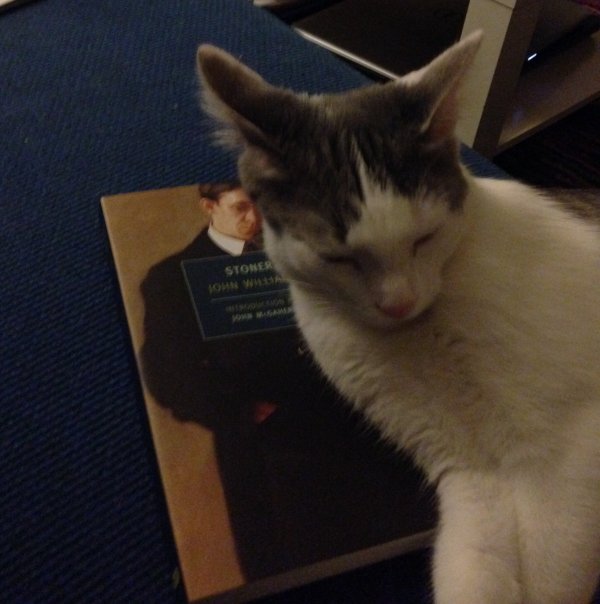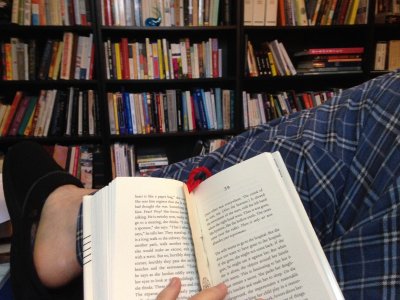Here is New York
Near the end of E. B. White’s essay, “Here is New York,” published in 1949, there are these prophetic paragraphs:
The subtlest change in New York is something people don’t speak much about but is in everyone’s mind. The city, for the first time in its long history, is destructible. A single flight of planes no bigger than a wedge of geese can quickly end this island fantasy, burn the towers, crumble the bridges, turn the underground passages into lethal chambers, cremate the millions. The intimation of mortality is part of New York now: in the sound of jets overhead, in the black headlines of the latest edition.
All dwellers of cities must live with the stubborn fact of annihilation; in New York the fact is somewhat more concentrated because of the concentration of the city itself, and because, of all targets, New York has a certain clear priority. In the mind of whatever perverted dreamer might loose the lightning, New York must hold steady, irresistible charm.
It used to be the Statue of Liberty was the signpost that proclaimed New York and translated it for all the world. Today Liberty shares the role with Death. Along the East River, from the razed slaughterhouses of Turtle Bay, as though in a race with the spectral flight of planes, men are carving out the permanent headquarters of the United Nations – the greatest housing project of them all. In it’s stride, New York takes on one more interior city, to shelter, this time, all governments, and to clear the slum called war. New York is not a capital city – it is not a national capital or a state capital. But it is by way of becoming the capital of the world. The buildings, as conceived by architects, will be cigar boxes set on end. Traffic will flow in a new tunnel under First Avenue. Forty-seventh Street will be widened (and if my guess is any good, trucks will appear late at night to plant tall trees surreptitiously, their roots to mingle with the intestines of the town). Once again the city will absorb, almost without showing any sign of it, a congress of visitors. It has already shown itself capable of stashing away the United Nations – a great many of the delegates have been around town during the past couple of years, and the citizenry has hardly caught a glimpse of their coattails or their black Homburgs.
This race – this race between the destroying planes and the struggling Parliament of Man – it sticks in all our heads. The city at last perfectly illustrates both the universal dilemma and the general solution, this riddle in steel and stone is at once the perfect target and the perfect demonstration of nonviolence, of racial brotherhood, this lofty target scraping the skies and meeting the destroying planes halfway, home of all people an all nations, capital of everything, housing the deliberations by which the planes are to be stayed and their errand forestalled.
A block or two west of the new City of Man in Turtle Bay there is an old willow tree that presides over an interior garden. It is a battered tree, long suffering and much climbed, held together by strands of wire but beloved of those who know it. In a way it symbolizes the city: life under difficulties, growth against the odds, sap-rise in the midst of concrete, and the steady reaching for the sun. Whenever I look at it nowadays, and feel the cold shadow of the planes, I think: “This must be saved, this particular thing, this very tree.” If it were to go, all would go – this city, this mischievous and marvelous monument which not to look upon would be like death
Dear E. B., just over 50 years later, the “perverted dreamers” with just two planes appeared to be winning the race of which you wrote. The “struggling Parliament of Man,” to many of us, has not lived up to the expectations which you and others held for it at the time its home was being planted in Turtle Bay. The “spectral flight of planes” has taken on corpreal horror for New Yorkers, for those of us who love New York, for Americans, and for civilized people the world over. There does not appear to be a way by which to “clear the slum called war.”

Also, Mr. White, sadly, they cut down the old willow tree in 2009.
Happily, New York still stands.
(My own thoughts shortly after 9/11 can be found in my post “I Love New York”.)



